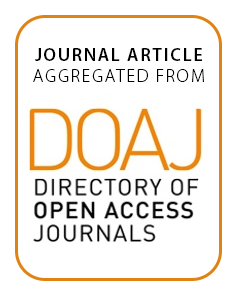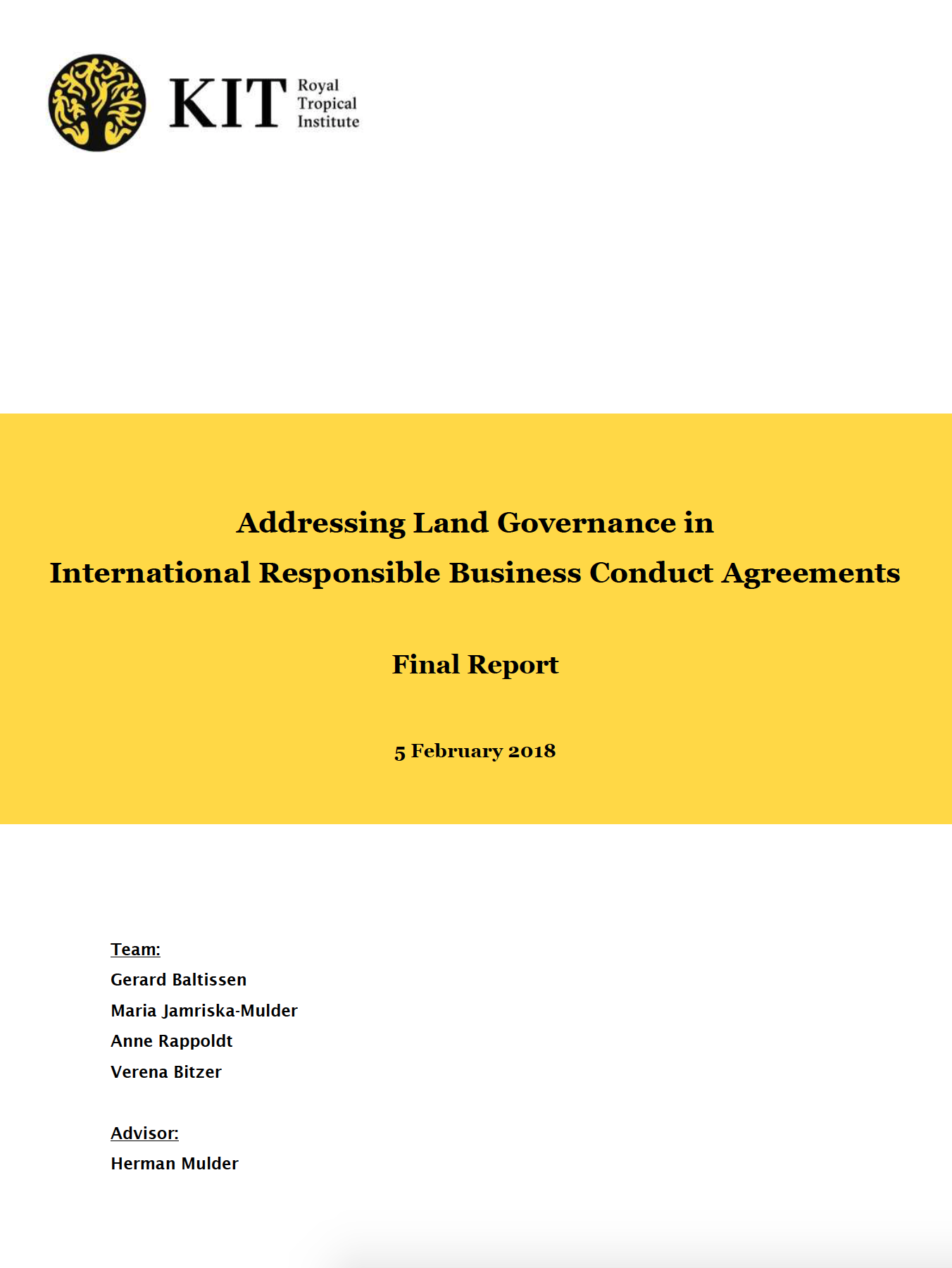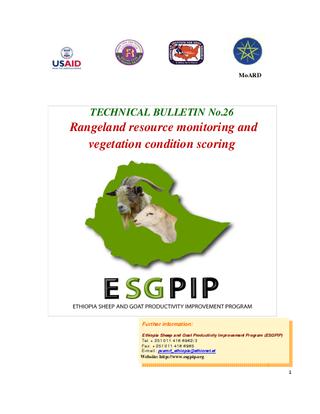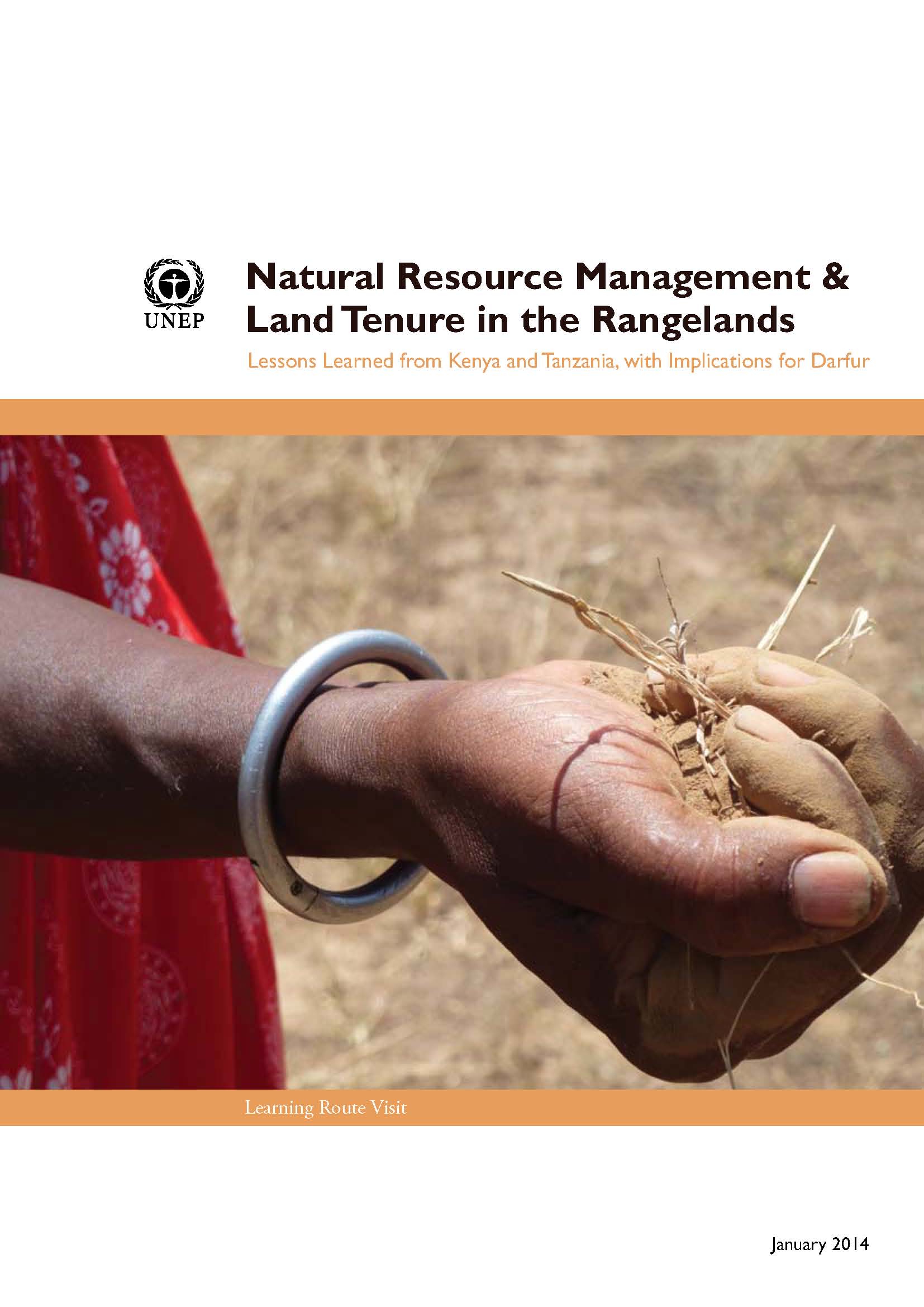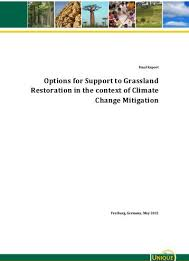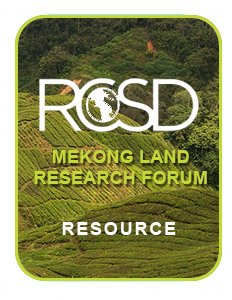Environmental impact of the mining activity and revitalization of degraded space
This paper analyses various aspects of environmental impact of the mineral resources’ exploitation in the mining basins, which can be listed as agricultural (and forest) land intake, relocation of the settlements, water course rearrangement, repositioning of roads and other infrastructure systems, decrease in level of ground water, etc. The paper points to the possible application of new technologies in mineral resources exploitation as well as to certain economic (external) effects.

